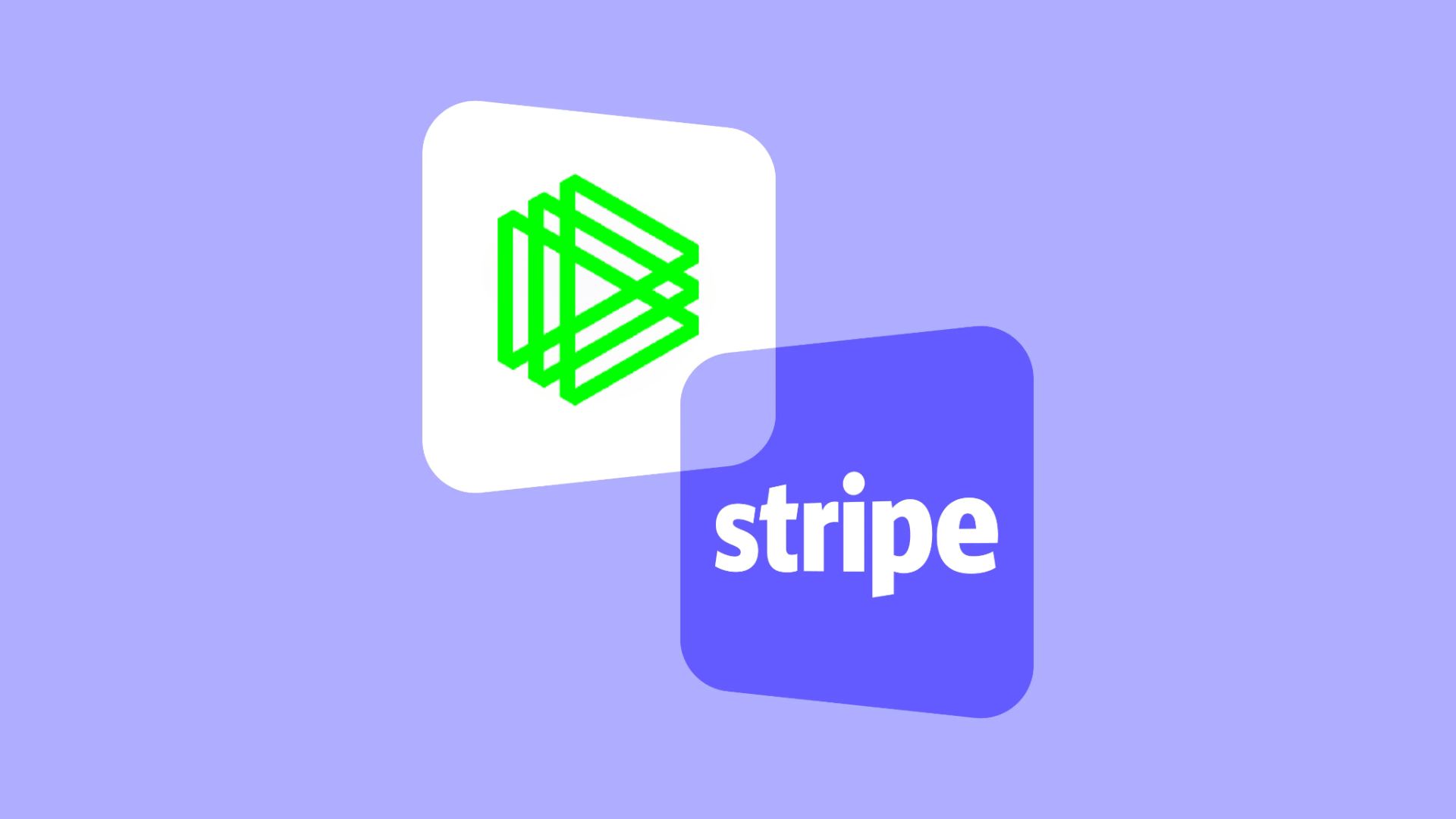Original: barry, Co-CEO of Interchain Labs
Translation: Yuliya, PANews
Recently, payment giant Stripe has officially entered the arena, collaborating with renowned crypto venture capital firm Paradigm to create an L1 blockchain named "Tempo." This is a "high-performance, payment-focused blockchain" designed to serve the customer base of fintech giants.
Stripe's entry is not an isolated case; it may signal the beginning of a significant trend—the quiet rise of enterprises building their own L1 blockchains. Why, after years of silence in enterprise blockchain, are large companies reigniting their interest in building their own blockchains, and why is L1 their first choice? Below is the original article, translated by PANews.

This is not a one-time case but the beginning of a significant trend in enterprises building their own L1 blockchains. Many companies (including some Fortune 500 companies) are currently considering launching their own L1 blockchains.
Years ago, enterprise blockchain faced failures and became a sensitive topic for a long time. So why are mature enterprises starting to rebuild blockchain now? And why choose L1 blockchain?
The reasons for the return of enterprise blockchain mainly include two points:
1. Maturity of Stablecoins
The financial teams currently engaged in discussions are no longer unfamiliar or fearful of stablecoins. Thanks to Circle's IPO and upcoming regulatory policies, stablecoins are now seen as a safe and powerful technology that can help companies reduce costs, streamline business processes, and gain more returns from cash reserves or customer deposits. Most large companies are building infrastructure to hold and circulate stablecoins. Several countries, including the United States and Japan, are actively promoting stablecoin regulation, and the overall environment is developing favorably.
2. Focus on Payments, Not Traceability
In the previous enterprise blockchain boom, most application scenarios focused on traceability (i.e., tracking the origin and lifecycle of a cross-company process, such as raw material tracking in supply chains or tracking the use of charitable funds). However, such scenarios can technically be achieved through databases; the only issue is trust.
Today, companies engaged in discussions, regardless of their industry, primarily focus on payments. Most B2B and B2C payment service providers and networks charge merchants and businesses high fees, with settlements taking days and real settlement risks existing. Once cross-border or foreign exchange is involved, these issues become even more pronounced. For multinational companies (especially platform-based enterprises like Airbnb), building a blockchain-based payment solution can save billions of dollars and provide a better experience for customers, employees, and gig workers.
As for why choose to build L1 instead of L2 or smart contracts, there are three reasons:
1. L1 is Mature and Familiar to Technical Decision-Makers
After more than a decade of development, L1 as a technology platform is well understood and validated. Ethereum, Bitcoin, Solana, Sui, Aptos—almost all blockchains that non-crypto industry professionals can name are L1 (Base may be an exception). The Cosmos technology alone supports over 200 chains across various fields, with a total asset value exceeding $70 billion; the largest new project in the past year, Hyperliquid, further solidified this landscape. Additionally, the most successful enterprise blockchains, such as Canton, are also L1.
In contrast, while L2 is exciting, it is still in its early stages and is more difficult to understand (imagine explaining the difference between "Stage 1" and "Stage 2 Rollup" to a CTO in a consumer goods market, or explaining how a validation bridge works; the difficulty is evident). Decision-makers in mature enterprises are often reluctant to take risks on emerging platforms. Entering the crypto space itself is a significant risk, so the most understandable approach for stakeholders must be chosen.
2. Reducing Platform Risk
Most companies are unwilling to bet on ETH, SOL, TIA, or other public chains; instead, they prefer to bet solely on themselves. Building L1 is the best way to achieve this goal. Large enterprises typically use multiple cloud service providers to mitigate risks from AWS or Microsoft, and in their view, the risks associated with Ethereum or Solana are far greater than those from these traditional partners.
3. Control and Connectivity
Open and transparent L1 provides enterprises with the ability to maintain platform autonomy while connecting with a broader crypto enterprise ecosystem. L2's interoperability with other chains (like Solana) relies on third parties and is often limited by fraud/zero-knowledge proof windows and Ethereum's slow finality confirmation, leading to settlement delays. L1 does not have this issue; settlements are instant and certain, ensuring consistent interoperability. This feature, combined with the ability to build a proprietary "walled garden" and implement necessary KYC/AML and application logic within it, is highly attractive.
免责声明:本文章仅代表作者个人观点,不代表本平台的立场和观点。本文章仅供信息分享,不构成对任何人的任何投资建议。用户与作者之间的任何争议,与本平台无关。如网页中刊载的文章或图片涉及侵权,请提供相关的权利证明和身份证明发送邮件到support@aicoin.com,本平台相关工作人员将会进行核查。




